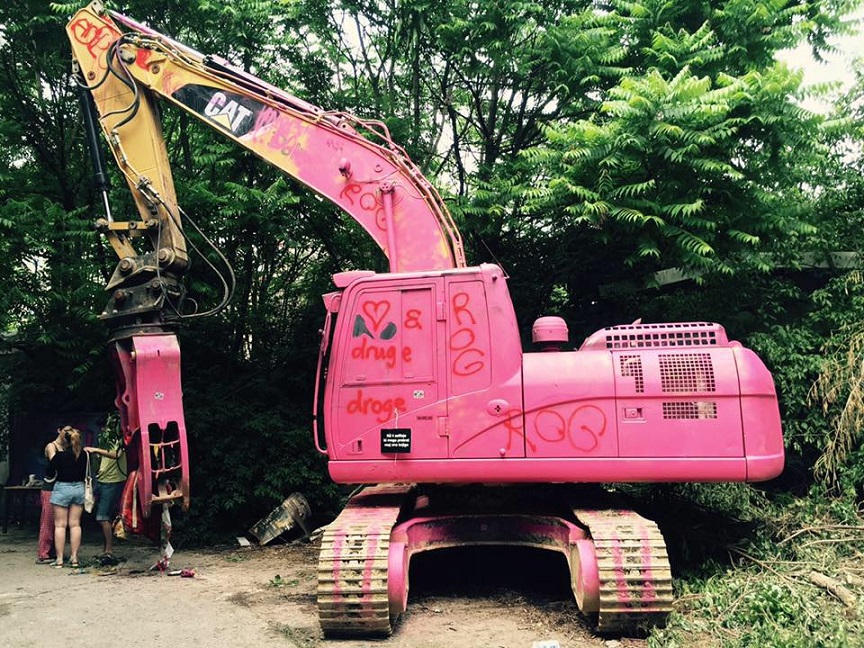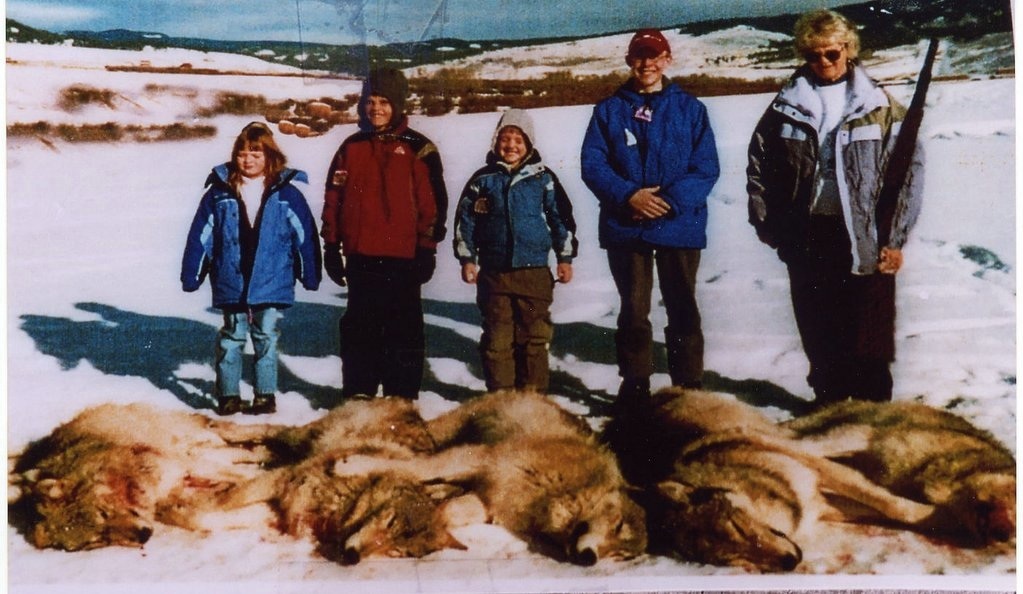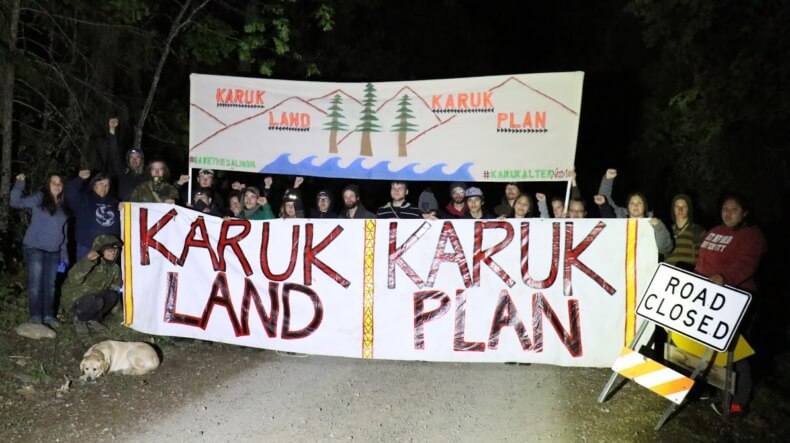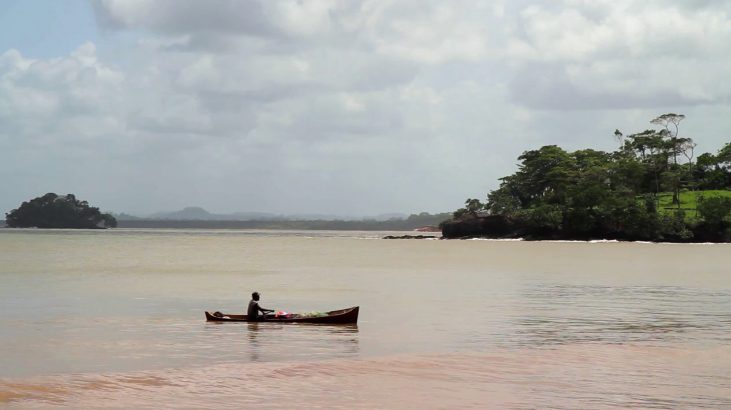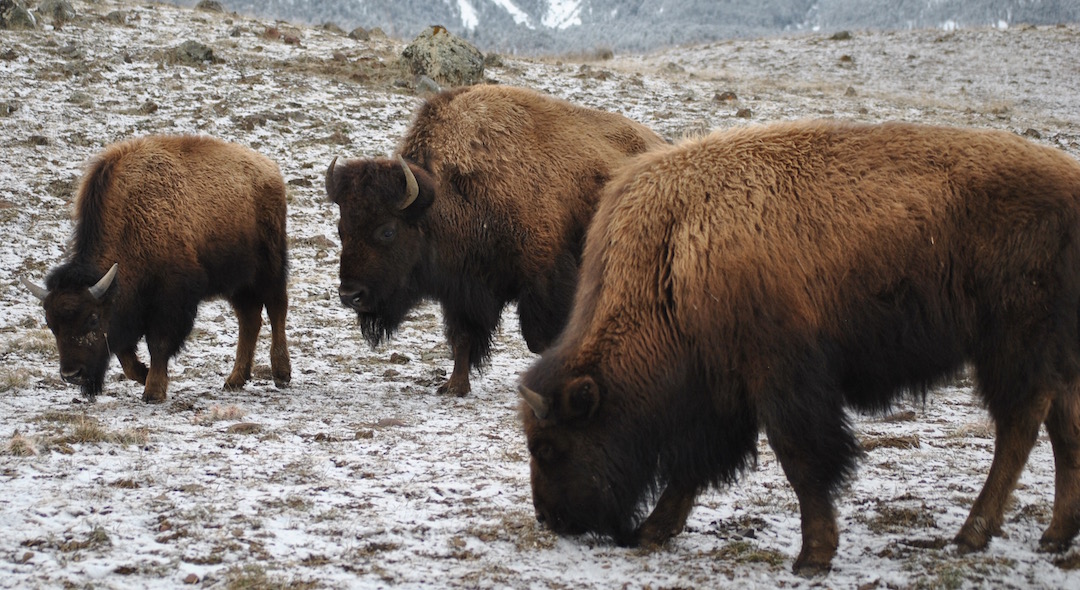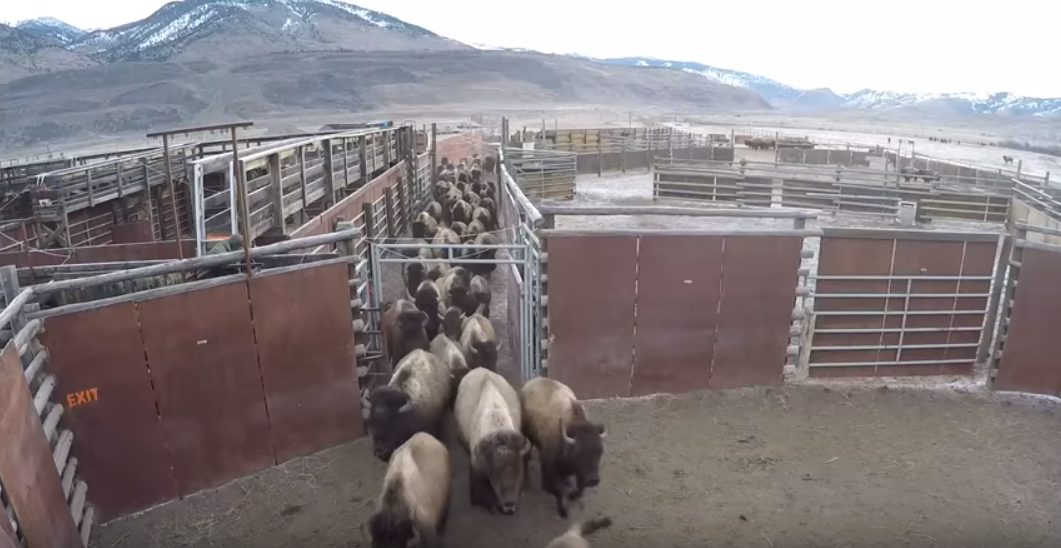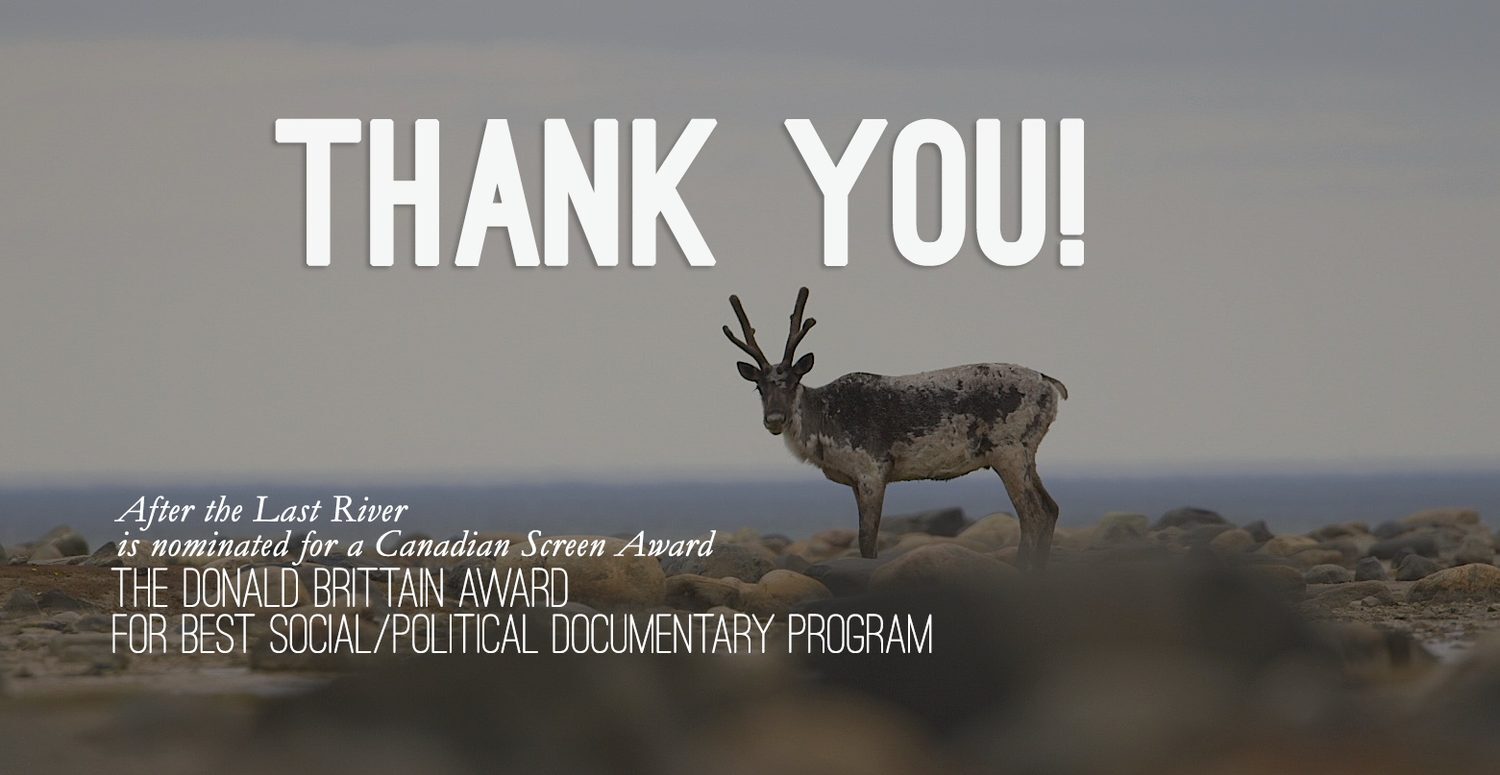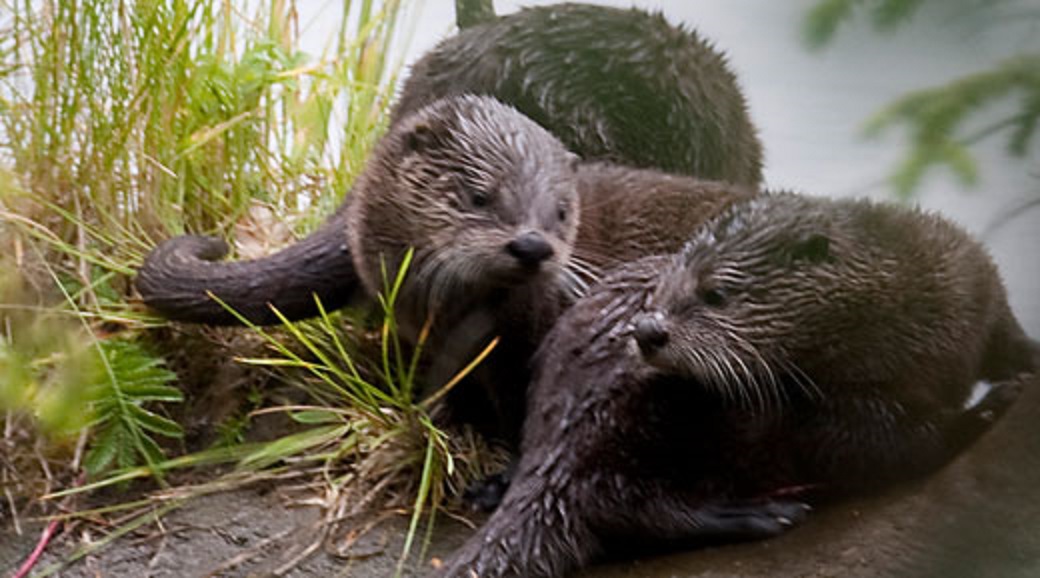
3.2 Million Animals Killed by US Wildlife Services agency in 2015
Featured image: 533 river otters were killed by Wildlife Services in 2015. The federal agency killed a half million more coyotes, bears, wolves, foxes, and other animals than the previous year. By Center for Biological Diversity The highly secretive arm of the U.S. Department of Agriculture known as Wildlife Services killed more than 3.2 million animals during fiscal year 2015, according to new data released by the agency. The total number of wolves, coyotes, bears, mountain lions, beavers, foxes, eagles and other animals killed largely at the behest of the livestock industry and other agribusinesses represents a half-million-animal increase over the 2.7 million animals the agency killed in 2014. ...
